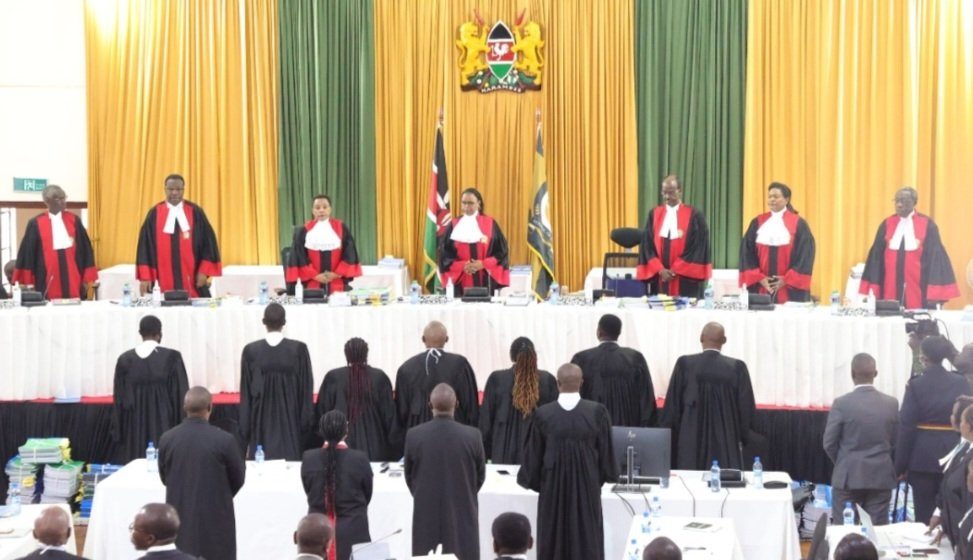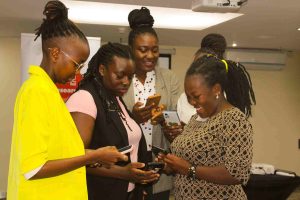By John Walubengo
The Supreme Court made its final determination on the 2022 Presidential Petition and found that the President-elect, Dr William Ruto was duly elected and declared. This left millions of Azimio La Umoja (the Petitioner) supporters wondering what really happened to their truckload of evidence that they saw being delivered to the court two weeks ago.
Was it all fake, hot air and immaterial?
The main Presidential petition had eight other ‘supporting’ petitions, nine respondents and three Amicus Curiae or ‘friends of the court’. Each of these parties generated piles and piles of documents that needed the court’s attention in the short span of 14 days.
The court in its own wisdom condensed the issues for determination into just eight, the first three of which were technology related. We review each of these tech issues and try to understand how the court arrived at its judgement.
Issue no 1:
‘Whether the technology deployed by the IEBC for the conduct of the 2022 general elections met the standards of integrity, verifiability, security and transparency to guarantee accurate and verifiable results
The court ruled in favour of the Independent Electoral and Boundaries Commission (IEBC) and found that indeed the IEBC technology-based systems were of the standard required to guarantee accurate and verifiable results.
Some may be tempted to disagree, given the somewhat ‘convincing’ presentation and display in court by the petitioner’s lawyers – including ‘seeing’ the alleged Venezuelan hacker ‘in-the-server’.
What one must however remember is that the court ordered an IT Audit or scrutiny of the IEBC systems to arrive at this decision.
The IT Scrutiny Team had technical representation from all parties and the positive findings in favour of IEBC are contained in the IT Scrutiny report. Basically, IEBC demonstrated that they do have an Info-Security Program in place with the requisite ICT Security Policies, Practices and Procedures to ensure the integrity of the system.
Issue no2
‘Whether there was interference with the uploading and transmission of Forms 34A from the polling stations to the IEBC Public Portal’
The court again found that there was no evidence to support the interference allegations. This was arrived at after the IT scrutiny exercise where the technical teams from the various parties reviewed the relevant logs, searching for evidence of interference.
Notably, the Petitioner’s lawyers complained of not having been given wide access to the IEBC system and the argument goes that perhaps the evidence may have been lurking ‘elsewhere’.
However, court procedures do not work like that. Once a petitioner makes a certain claim, the court reviews the claim and makes orders to ascertain those specific claims or allegations. Since the claims were centred on the Form 34As, the court ordered IEBC to ‘open’ the results transmission servers (RTS) – which related to Form 3As.
IEBC, therefore, had no obligation to open additional servers – at the risk of exposing all its infrastructure – without additional court orders.
Issue no3
‘Whether there was a difference between Forms 34A uploaded on the IEBC Public Portal and the Forms 34A received at the National Tallying Centre, and Forms 34A issued to the Agents at the Polling Stations.’
The court again found no discrepancies between the digital forms uploaded on the IEBC public portal as compared to their physical versions. This was as a result of the ballot recount ordered, as well as the original physical Form 34A earlier surrendered to the court by IEBC.
The related technology angle reviewed was whether these digital Form 34As left the polling station in JPEG format and were perhaps manipulated along the way such that they arrived in a different format, the PDF format.
The court found that by design, the JPEG format is converted at source by the Kenya Integrated Election Management System (KIEMS) kit into PDF – before transmission.
That is how the petitioner’s case on the technical issues crumbled one by one. It was inevitable that the rest of the remaining issues would not find favour in court given that those issues were largely tied to the assumptions that the IEBC technical systems were compromised.
John Walubengo is an ICT Lecturer and Consultant. @jwalu
This is a series of blogs about the 2022 Kenya Election. KICTANet has deployed 87 election tech observers covering 21 counties in Kenya.
![]()





Issue number 1 and issue number 2 was very critical.